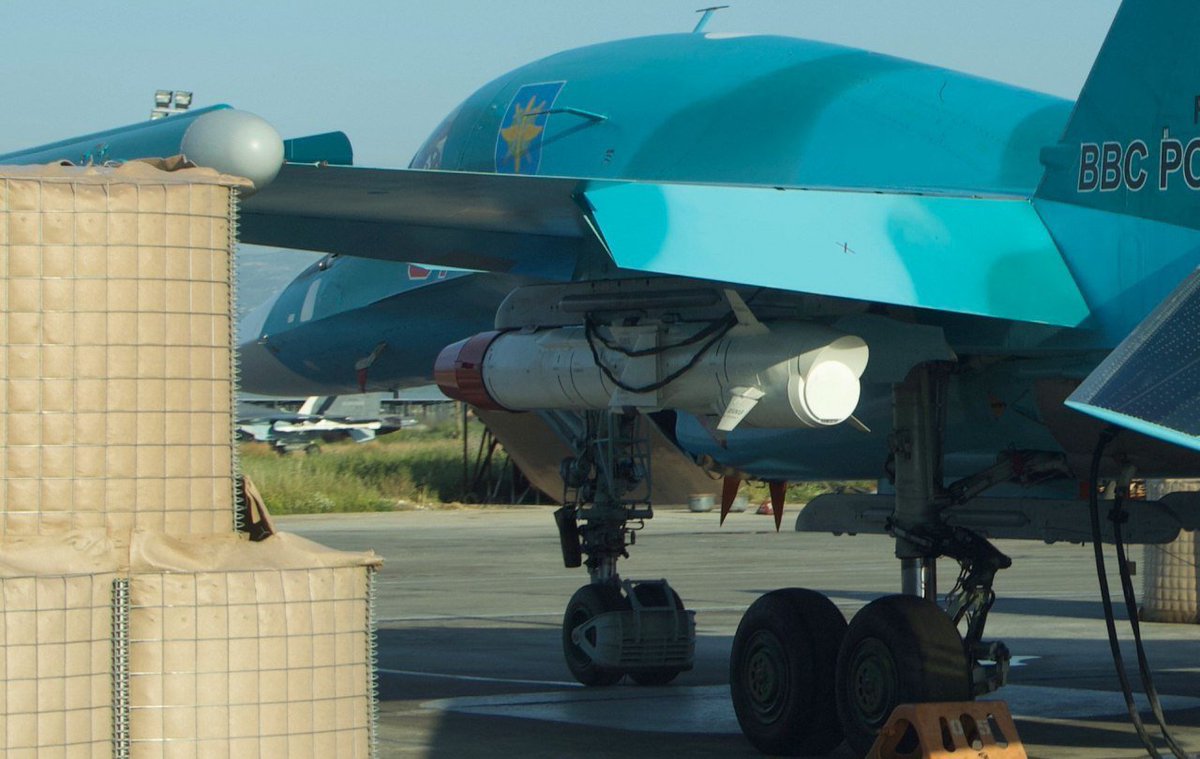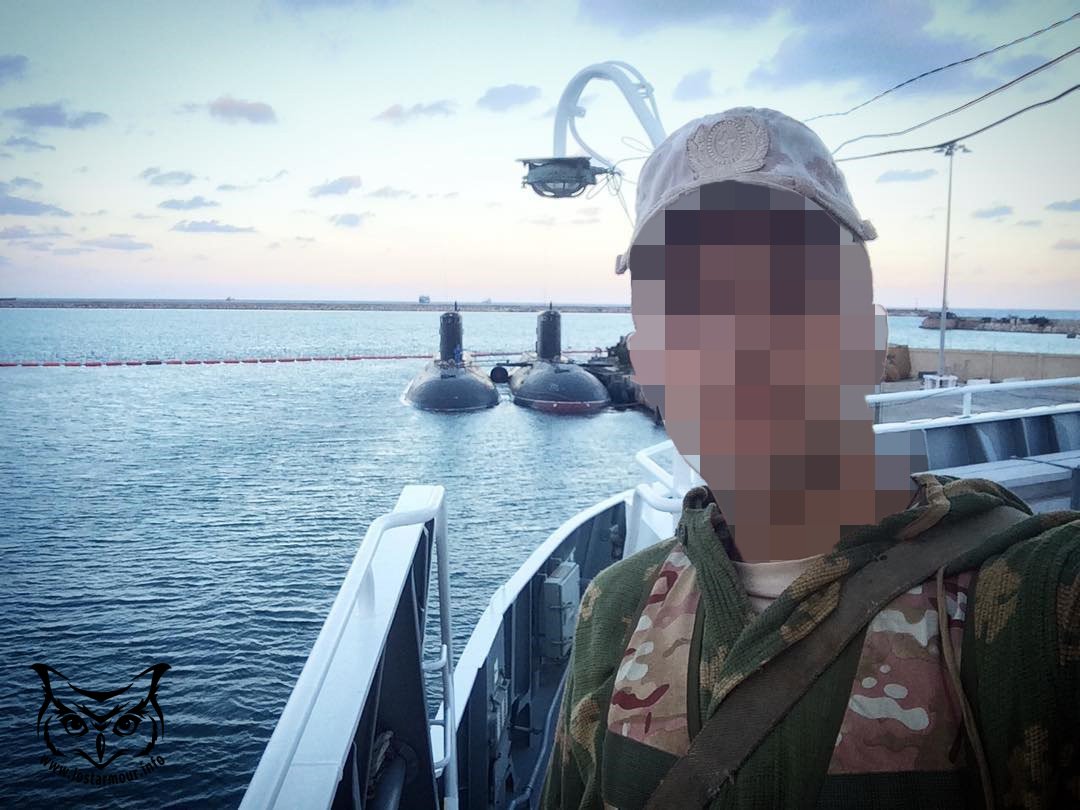 JohninMK Sun Apr 29, 2018 10:22 pm
JohninMK Sun Apr 29, 2018 10:22 pm
So, it looks like it could well be just rumours and no S-300s then. Yet.
This was discussed by Putin with General Staff chief Valery Gerasimov and Defence Minister Sergei Shoigu on April 20. The Russian military, they told the President, want the go-ahead to deploy S-300 missile batteries to cover Syrian and Iranian forces against US and Israeli attack from the air. They believe Israeli threats to attack the S-300 batteries as soon as they are operational are a bluff which Russia must call if Russia’s positions in Syria, and Iran itself, are not to come under subsequent attack from the American-Israeli combination. Testing the threat in Syria, they argue, is the less threatening, less costly option than encouraging the Americans and Israelis to prepare their offensive against Iran. Putin won’t agree.
Got to make do with EW for now.
To respond to Putin’s reluctance, the General Staff and the Defence Ministry have devised a step short of the S-300, but with potentially enough defensive power to intercept or deter American and Israeli air attacks. This is the deployment of more Russian electronic warfare systems with the capacity to jam the surveillance, targeting, fire control and command signals on which the attackers rely. It is the Samson Haircut option – deprive the giant of control of his firepower, blind him.
A publication on April 26 in Vzglyad, the Moscow online analytical website, reveals with open sources, including American ones, how this option would work. This is an unofficial translation into English.
These are a few excerpts from a long article on the subject, the first half is mainly on Rusal.
...........................................
What kind of electronic warfare means is Russia using in Syria? Detailed information about this is unavailable in the open press because of the increased secrecy surrounding this topic. However, the press has often received fragmentary information, much of it thanks to the activity of Syrian bloggers who have repeatedly photographed examples of Russian weapons. This is how the transfer to Khmeimim was reported of the ground-based jamming system Krasukha, along with Mi-8 helicopters equipped with active interception system Richag-AB. In late March, the Russian Defence Ministry transferred to Syria the latest model of electronic warfare helicopters, Mi-8 MTPR-1.
.......................................
About the EW [operations in Syria] too little is known. The Krasukha was unveiled in 2011. Several modifications were created. The most powerful option – Krasukha-4 – ‘silences’ airborne aircraft radars, including drones and cruise missiles. A killer electronics system Richag-AB refers to the latest developments and entered service only in 2016. It disables not only the navigation devices of aircraft, but also drones and cruise missiles.
According to some observers, the EW intelligence complex Moskva-1 is designed for a detection and tracking range of 400 kilometers for overhead sources of radiation at different radio frequency ranges.
.....................................
Blocking with the help of EW signal transmitters and GPS receivers can not only make it impossible for aircraft and warships to attack targets, but also create problems with their navigation, said the American. In addition, radio-electronic weapons may interrupt the communication of operators with drones, which can lead to their loss.
In addition, General Thomas stressed that for the time being Russia is not operating EW in Syria at full capacity. If Russia starts [to do that], the United States will lose all its communication in the region. The former head of electronic warfare for the US Army Laurie Buckhout adds that the US does not have such extensive capabilities for electronic warfare as Russia has.
“We have very good radio intelligence, and we can listen to everything. But we do not have one- tenth of their capabilities to disable equipment,” she said.
http://johnhelmer.org/?p=17707#more-17707

 They dont protect the planes from top attacks ,or damages
They dont protect the planes from top attacks ,or damages



 JohninMK
JohninMK







